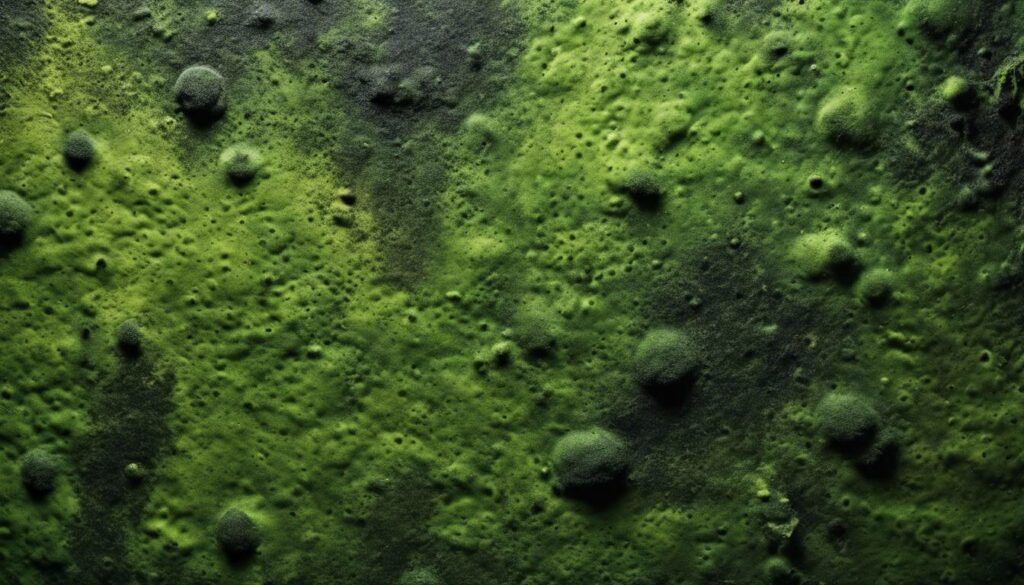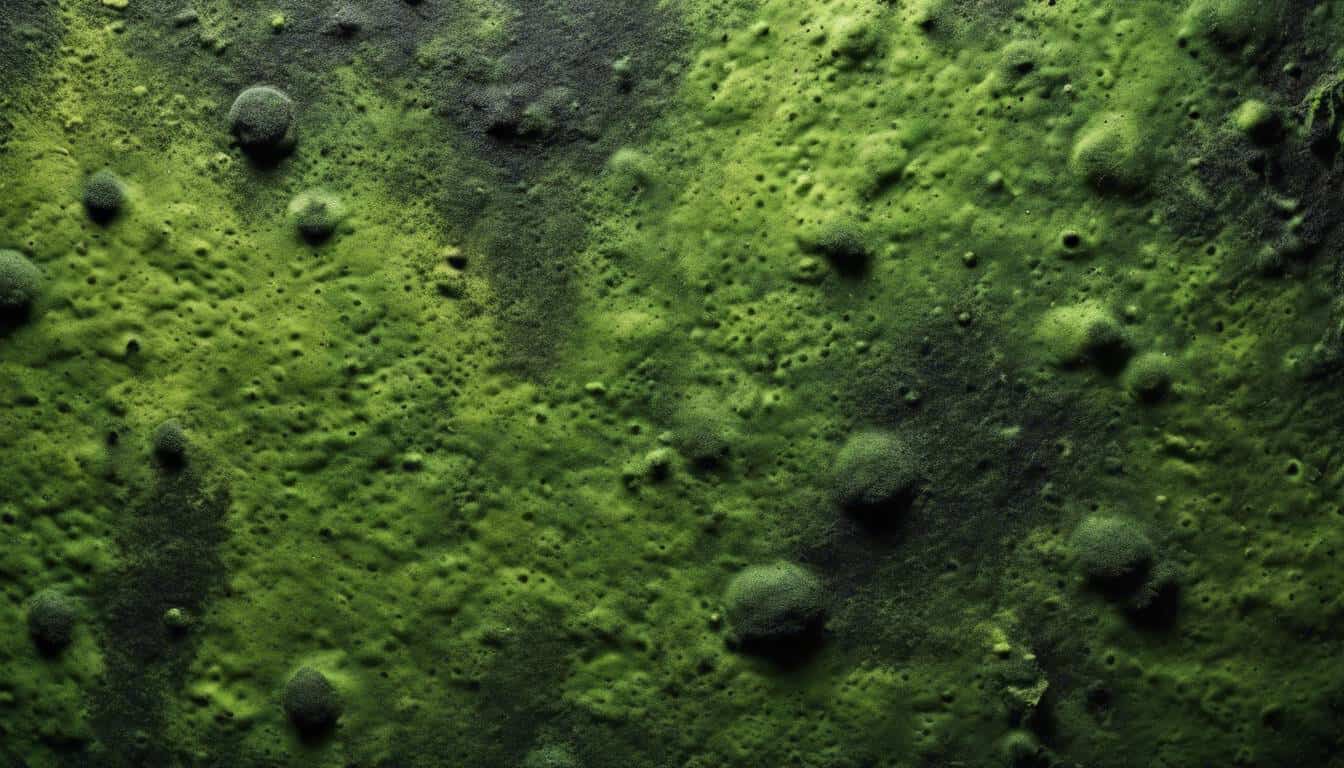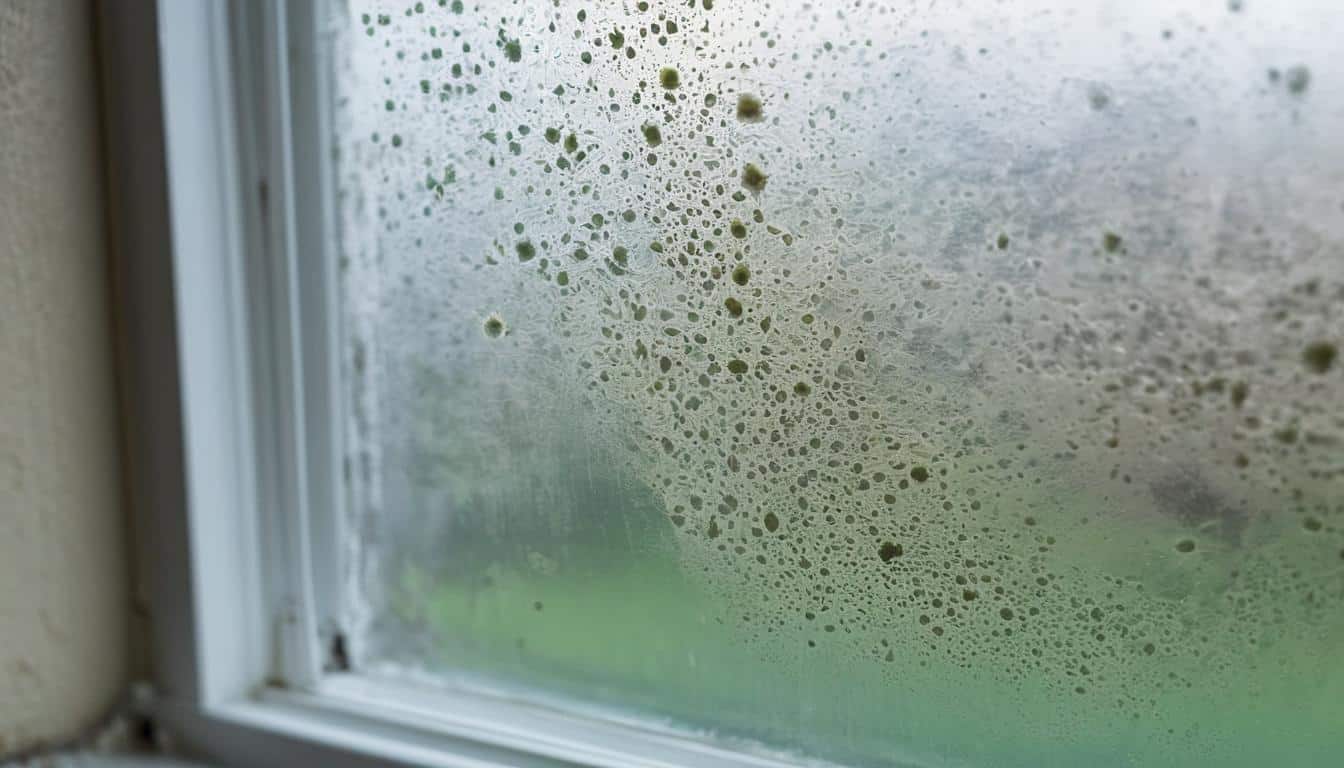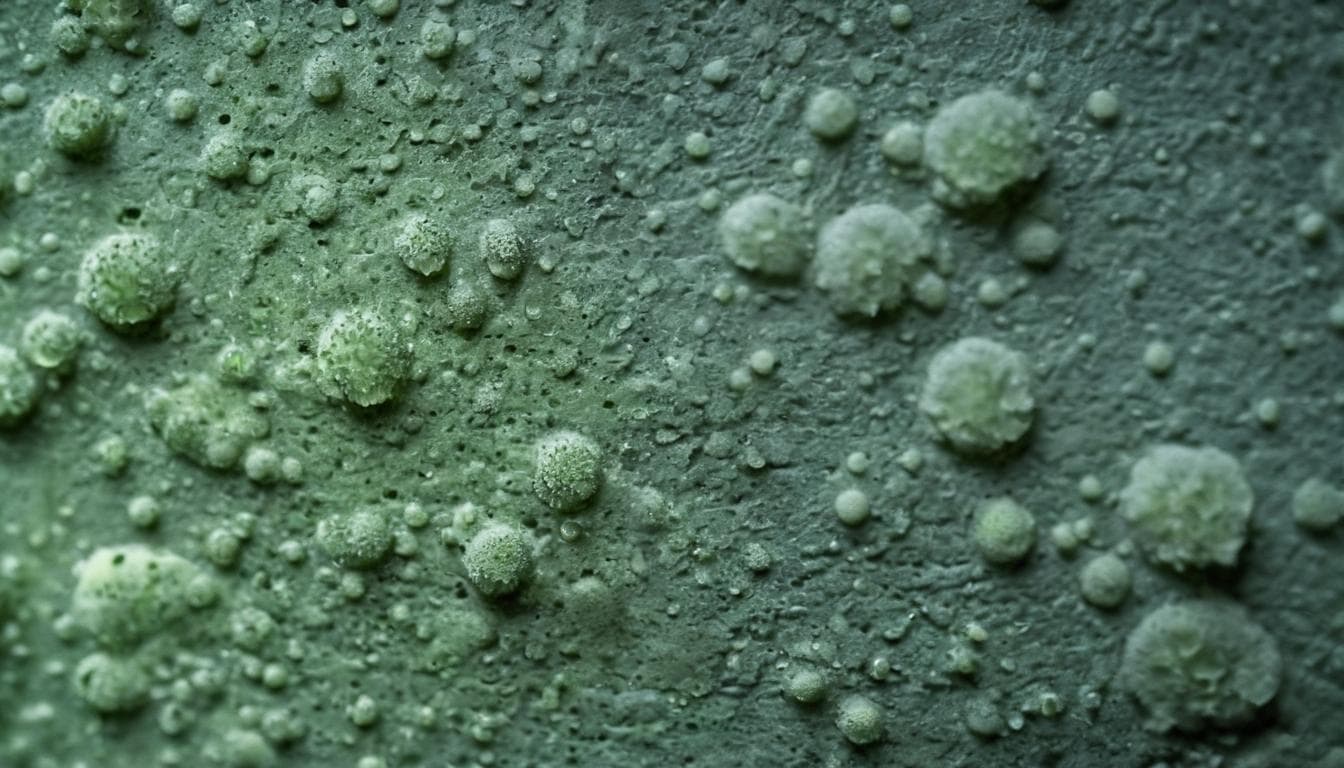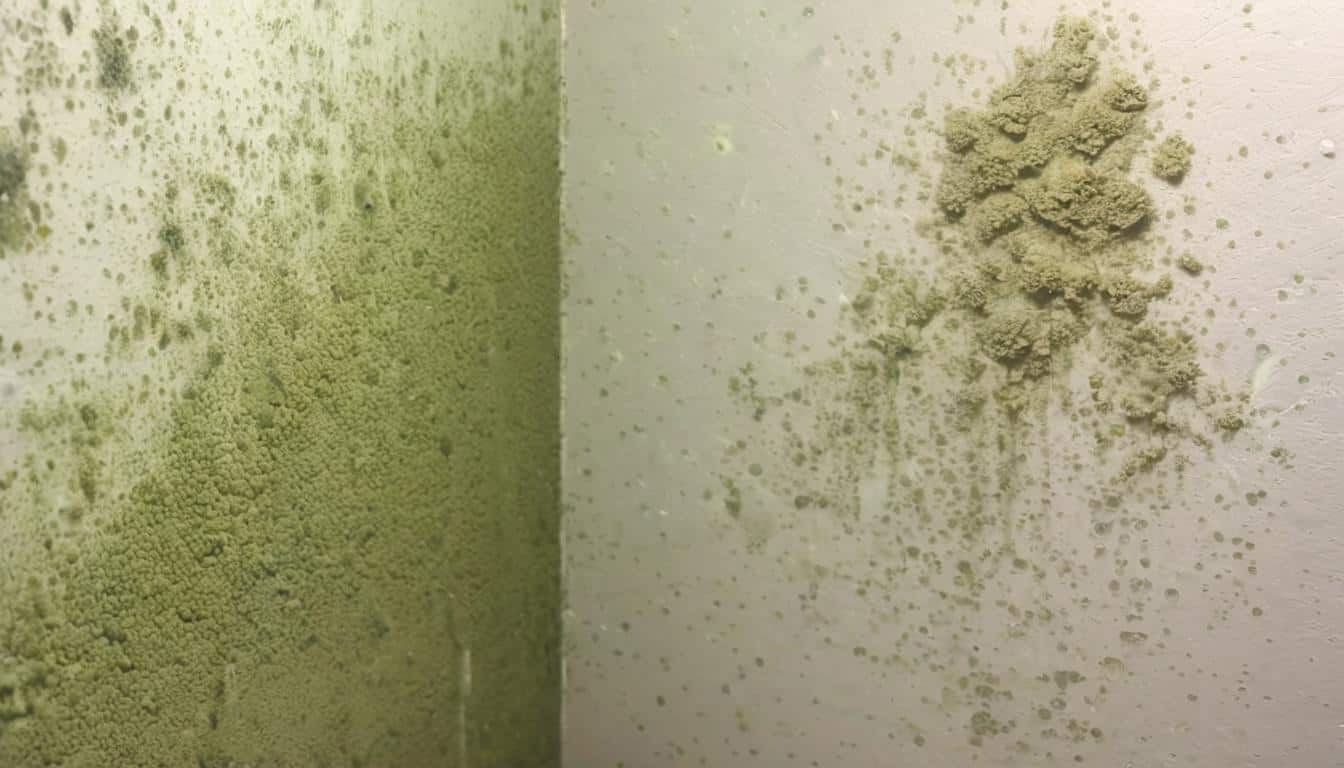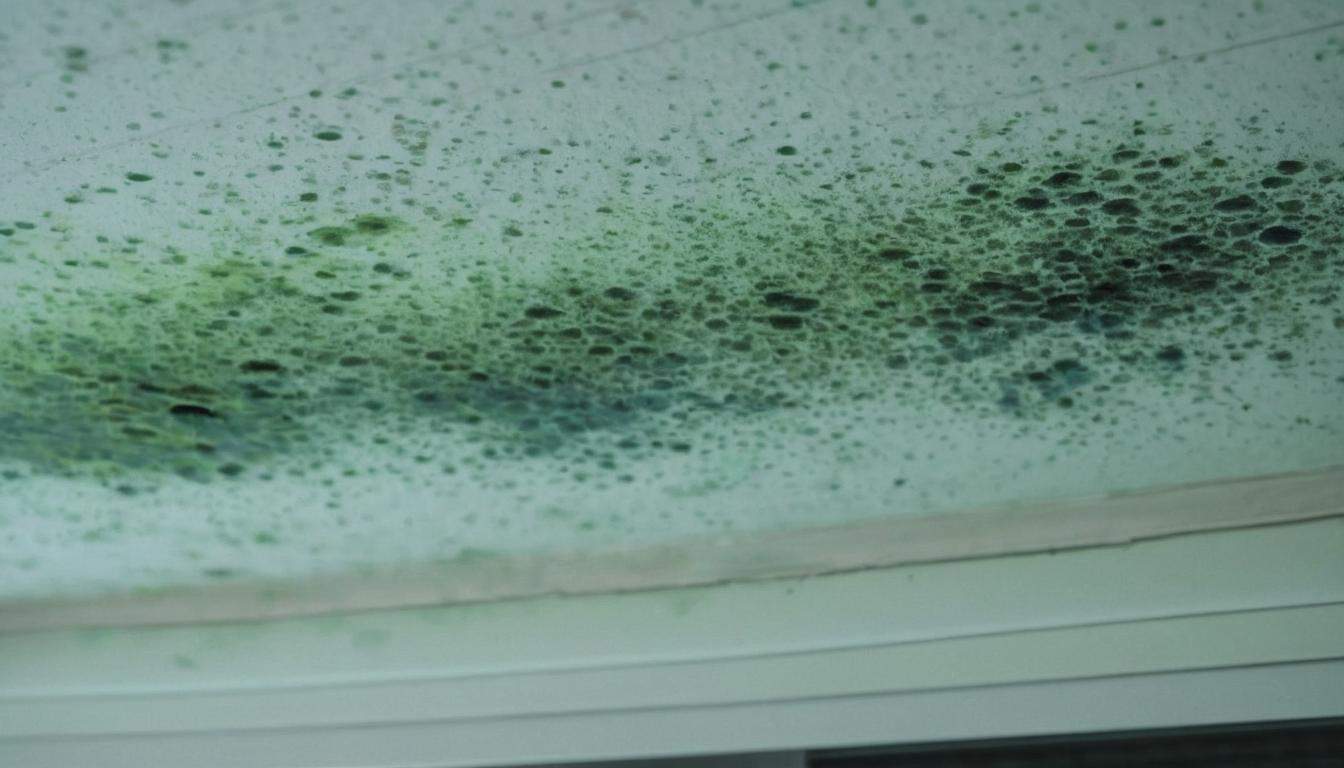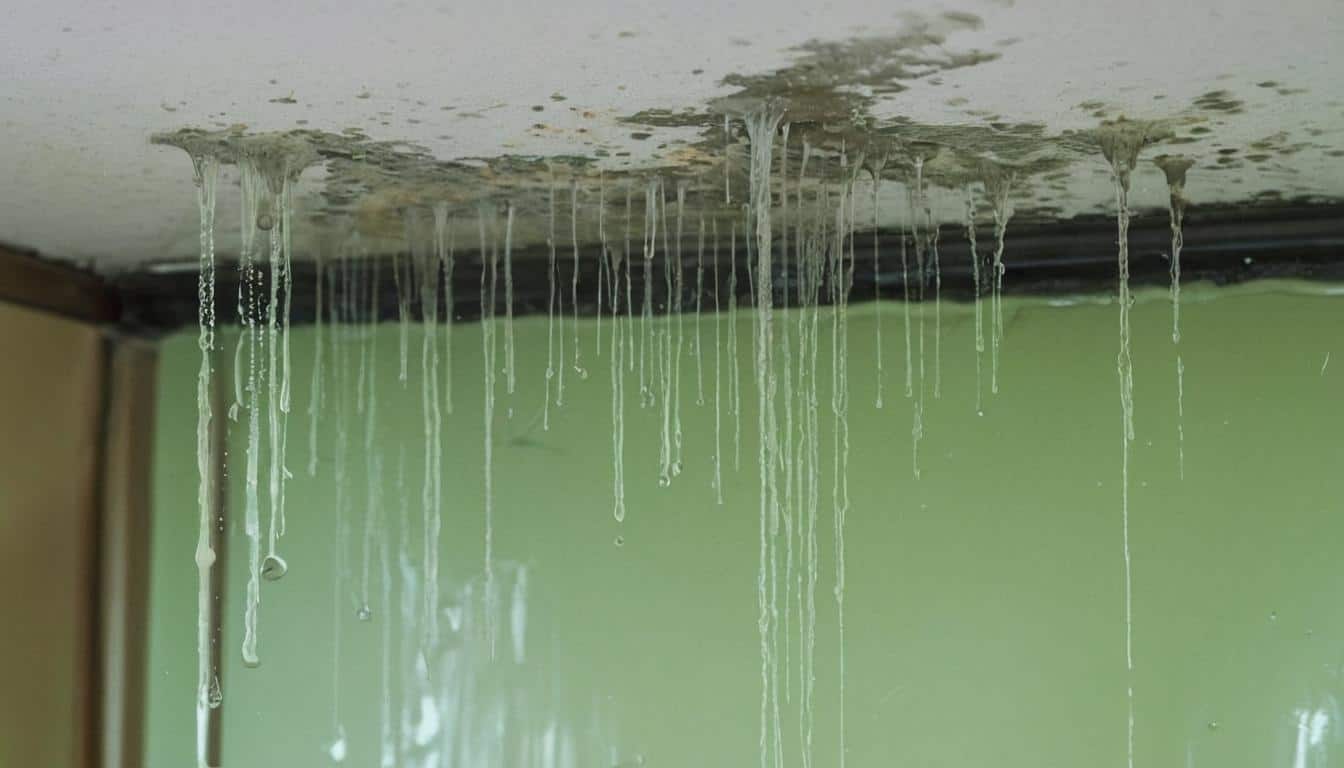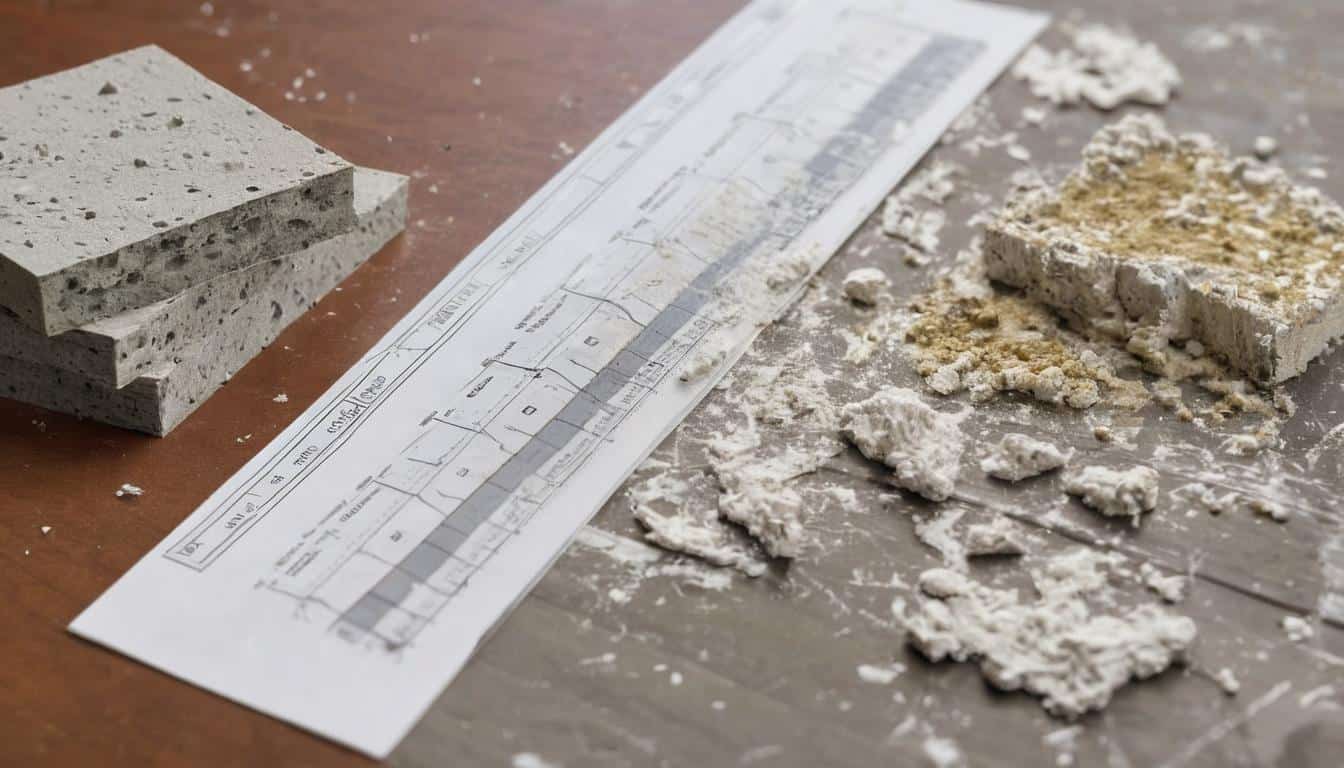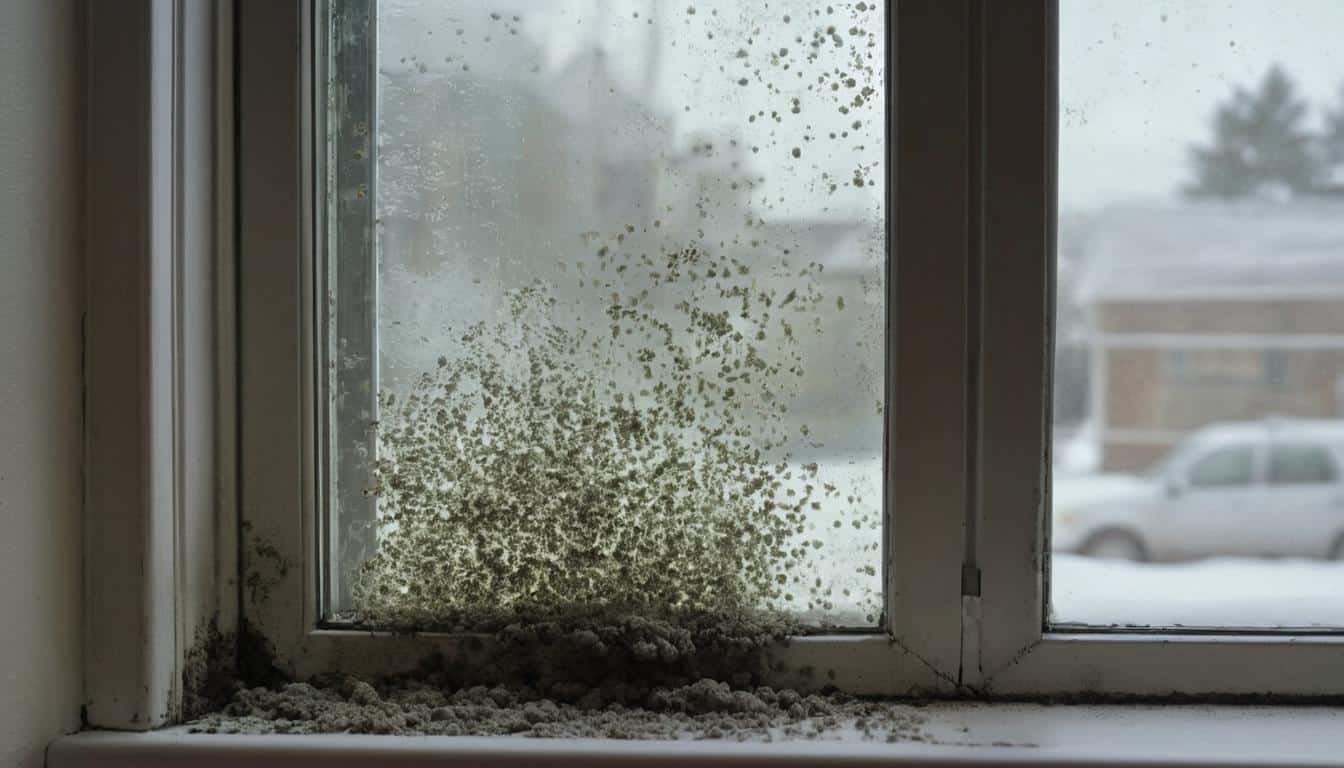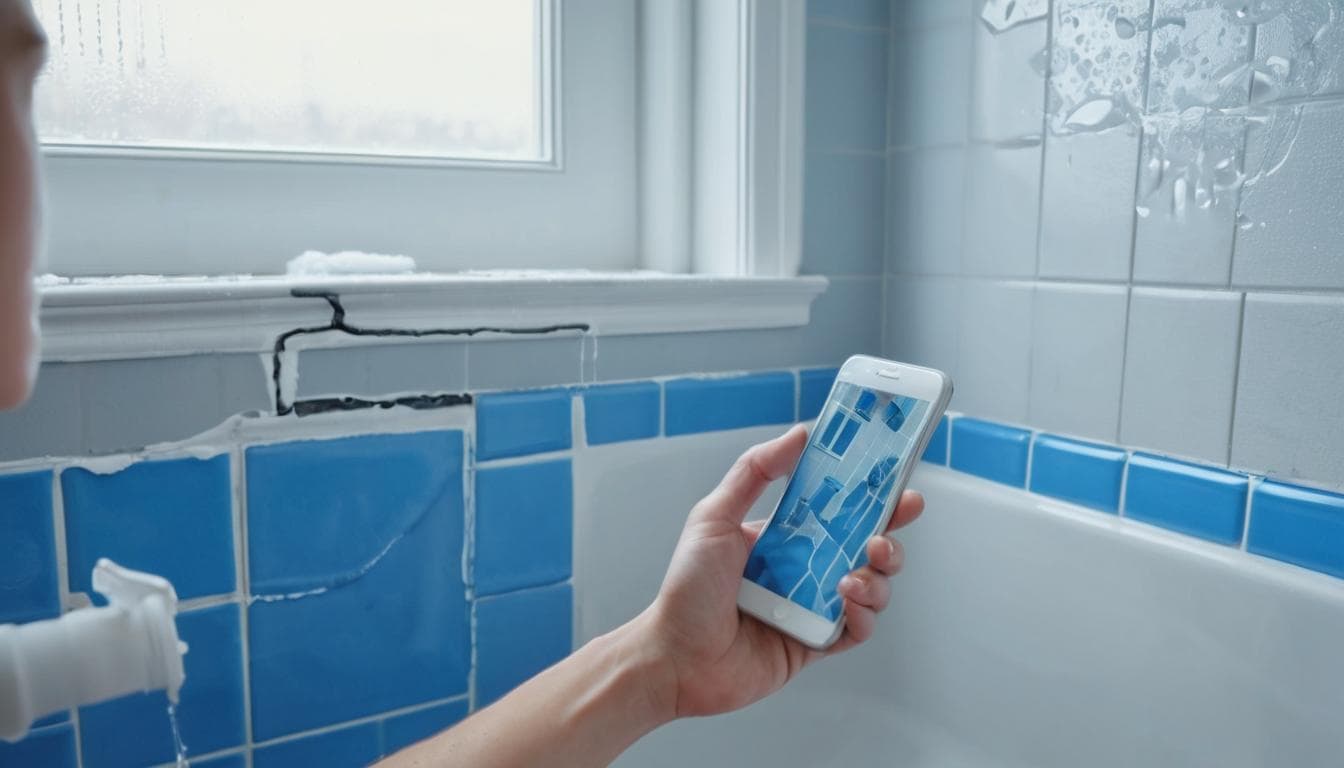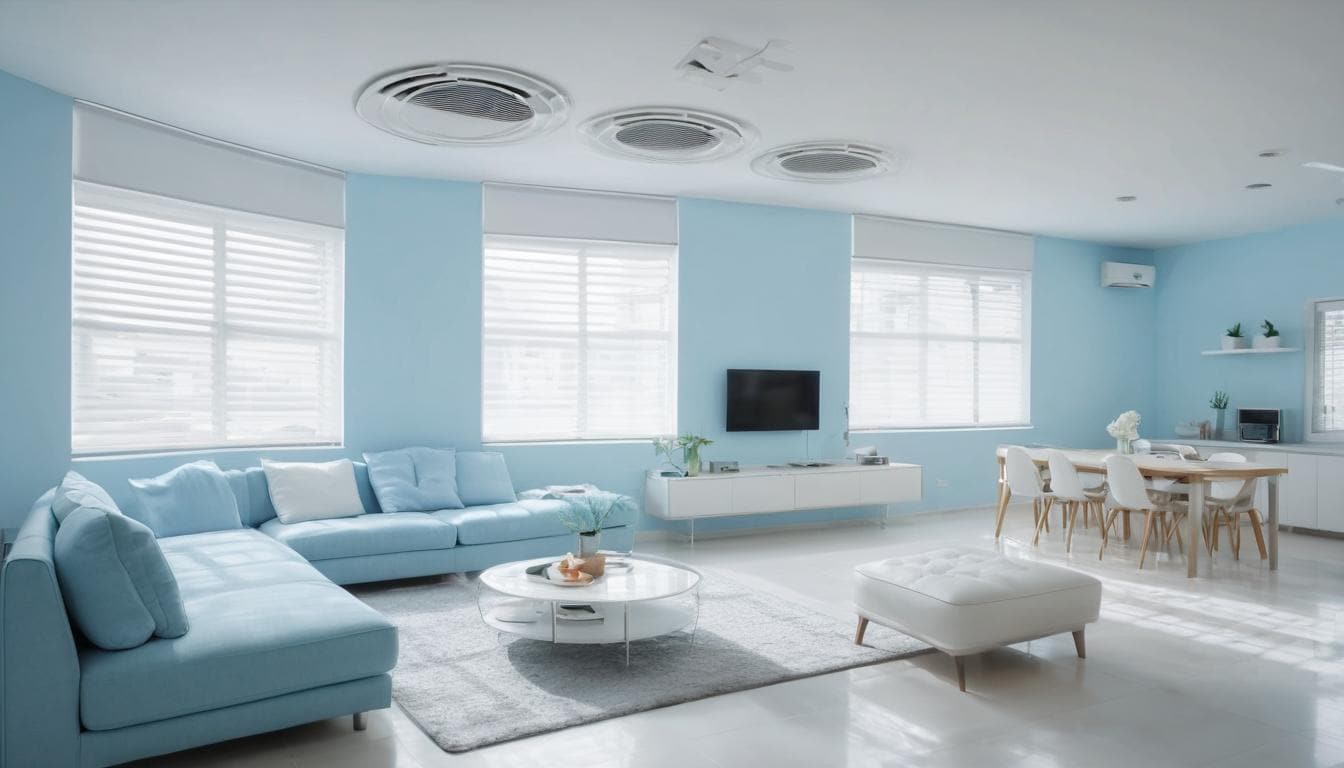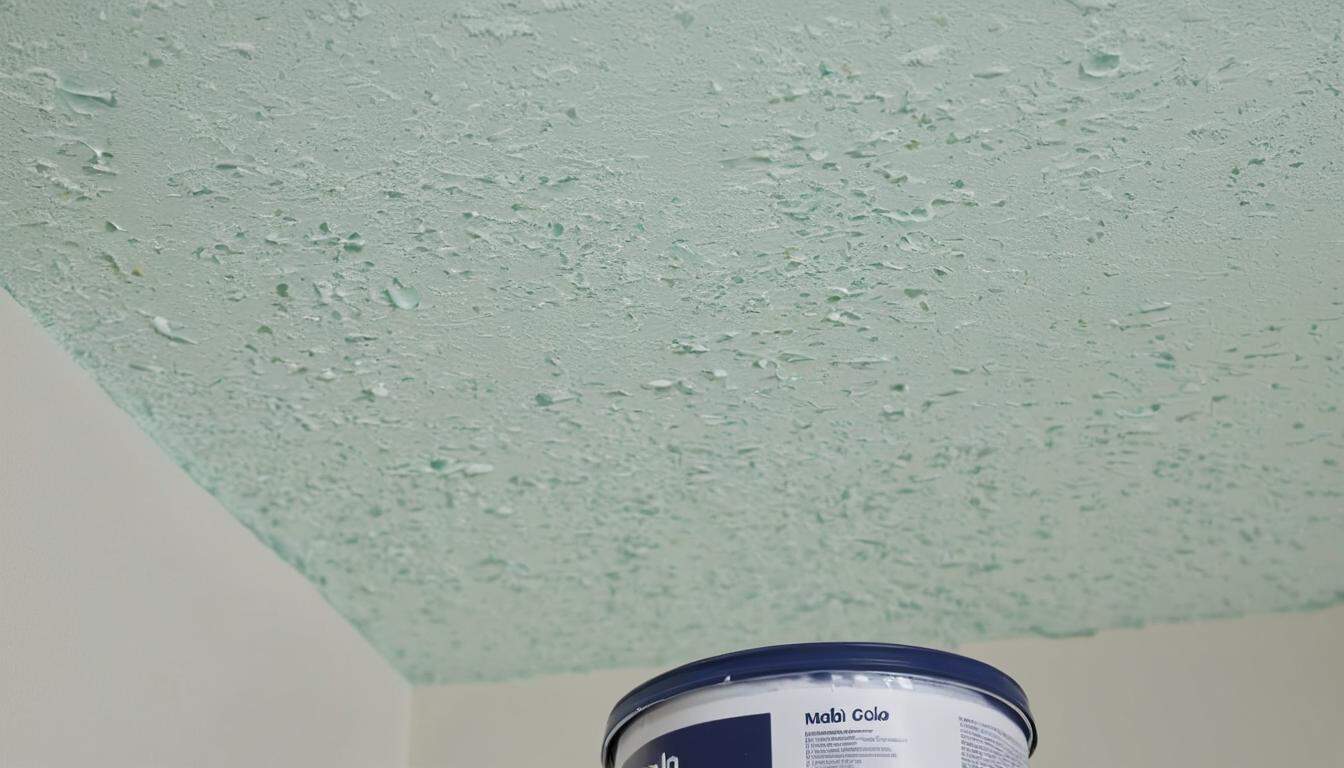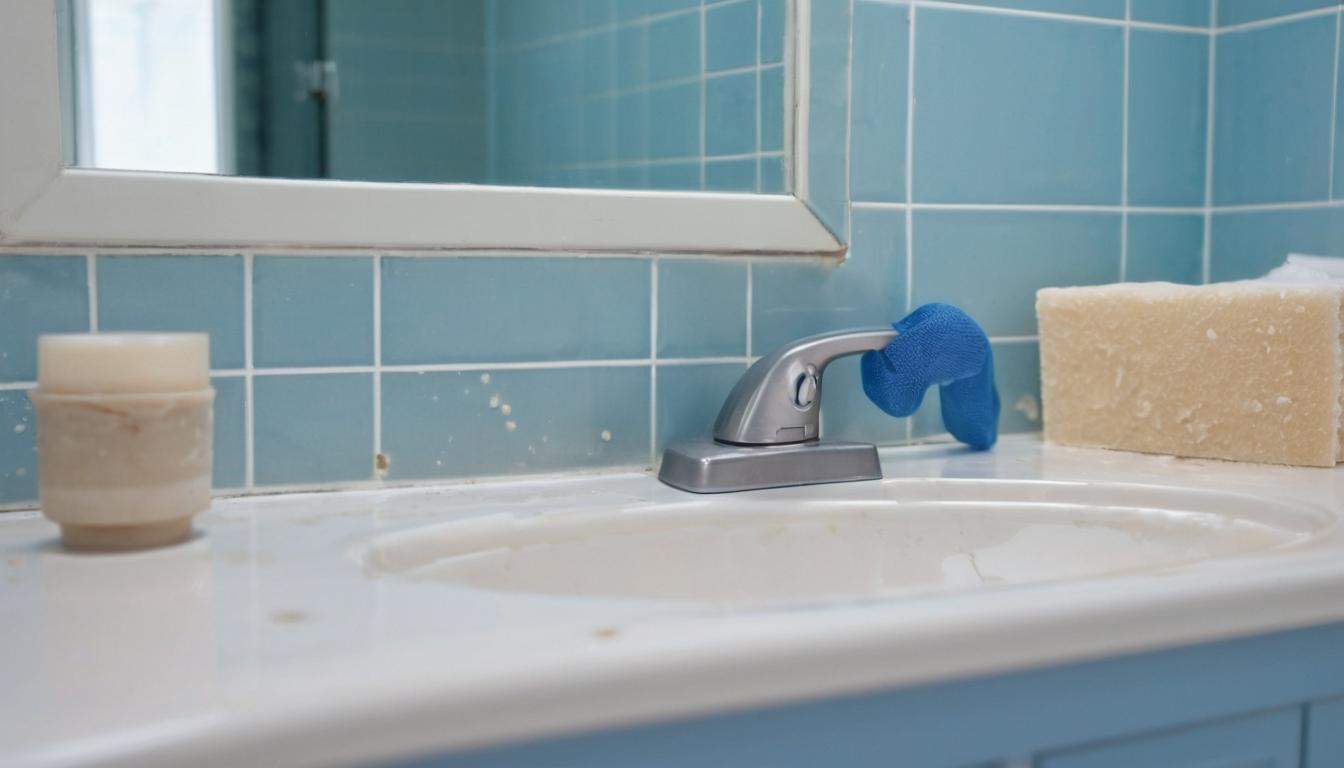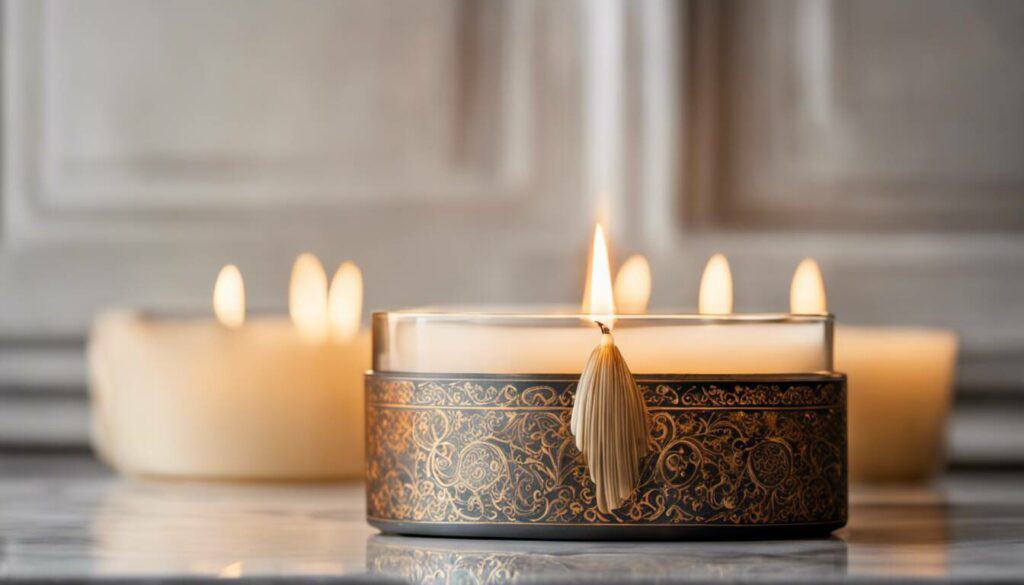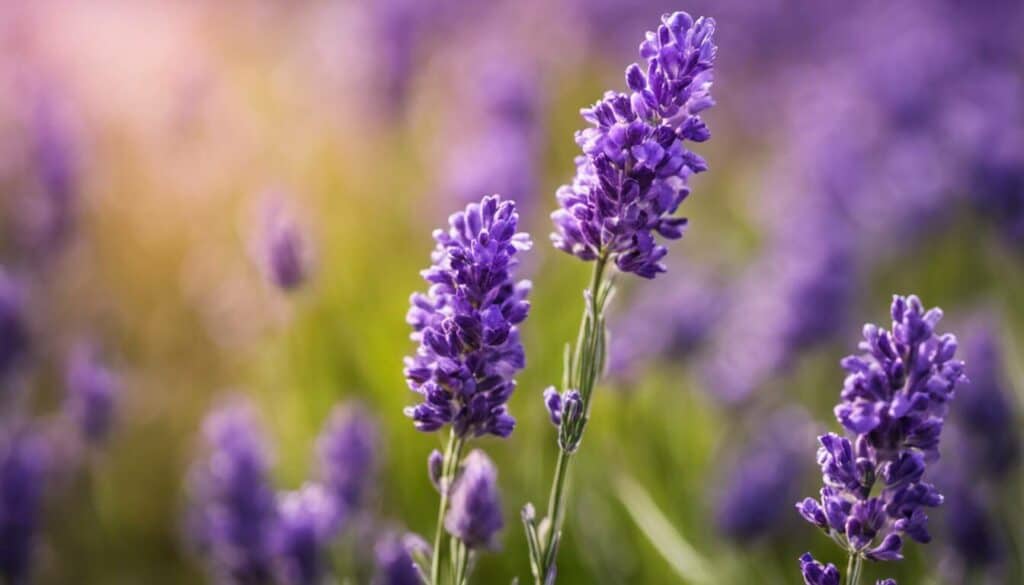Listen, you don’t want mold in your house. It’s horrible, it spreads, it’s hard to find and causes health issues. Mold cultivates in environments that are rich in moisture and darkness. Things like high humidity, water leaks you haven’t seen, or places where fresh air is scarce create an all-welcome party for molds. A lack attention can cause the mold issue to expand from a tiny patch in a corner into a health risk for your whole family. Your home’s climate system can also aid or fight against mold depending on how well you care for it. What we do, or fail to do, provides an invitation or barrier for these uninvited guests. Now let’s look at some common reasons why mold might make itself at home.
Common causes of mold growth include high humidity, water leaks, condensation, flooding, and poor ventilation. These factors create a moist environment that encourages mold to thrive. Understanding these causes is crucial for preventing mold growth in your home.
Common Causes of Mold in Homes
When it comes to mold, understanding why it grows is crucial for prevention. The most common cause of mold in homes is excessive humidity. When the air in your home is too damp, it provides the perfect environment for mold spores to grow and spread.
The second common cause is unchecked water leaks. Whether it’s a leaky roof, pipes, or around windows, moisture can seep into the structure of your home, creating an ideal breeding ground for mold.
Poor ventilation also plays a major role. If your home isn’t properly ventilated, then moist air can get trapped inside, which could cause condensation on surfaces and potentially lead to mold growth. And sometimes, even environmental conditions such as floods or high levels of condensation can promote mold growth.
For example, if your bathroom doesn’t have a fan or window to release moist air after someone takes a shower, this can contribute significantly to mold growth over time. Similarly, after a flood or water damage, if the affected area is not dried out quickly and thoroughly, it can become a hotbed for mold to develop.
Think of your home as a garden – just like plants need the right conditions to grow like sun and water, mold needs its own ideal conditions which include moisture and warmth.
Now that we understand the most common causes of mold growth in our homes, we’re better equipped to take preventive measures. It’s important to recognize these elements so we can effectively address them for a healthier living environment.
Armed with knowledge about the causes of mold formation and its detrimental impact on living environments, let’s proceed to uncover the influence of climate control systems and how they affect indoor conditions.
Impact of Climate Control Systems
Climate control systems, like air conditioning and heating units, are not only about keeping our homes cozy and cool; they also play a crucial role in maintaining the right indoor conditions to prevent mold growth. Properly maintained systems regulate temperature and manage indoor humidity levels. This is vital because high indoor humidity levels can lead to moisture buildup—the perfect breeding ground for mold.
Imagine a hot, humid day with no air conditioning to cool you down. The sticky feeling you get is due to the moisture in the air. Now think of your home—without proper ventilation or if there are leaks in your heating or cooling system, this moisture stays inside, clinging to surfaces and providing an environment ripe for mold growth. This situation can quickly become a health risk due to mold exposure.
Air conditioners and dehumidifiers can help control humidity levels by removing excess moisture from the indoor air. However, if these systems are not well-maintained, they can become sources of moisture themselves. For example, clogged drain lines or dirty filters can cause water to accumulate and seep into walls or ceilings. This hidden excess moisture can go unnoticed for long periods, leading to mold growth in areas that are hard to inspect regularly.
On the other hand, heating systems also have an impact on indoor humidity. During colder months when we use heating systems, they can contribute to increased humidity levels if not properly maintained. Improperly maintained heating systems may release excess moisture into the air, thereby promoting favorable conditions for mold growth.
It’s essential to ensure that both air conditioning and heating systems are well-maintained and designed to effectively control indoor humidity levels.
Understanding the important role climate control systems play in creating the right environment to prevent mold growth allows us to realize how proper maintenance and upkeep can make a significant difference in maintaining a healthy home environment free from mold infestations.
The Role of Unchecked Water Leaks
Imagine a small, slow drip from a leaky pipe in your home. At first, it might not seem like a big deal—just a few drops of water here and there. However, those tiny droplets accumulate, seeping into the structure of your home and creating a damp environment that’s perfect for mold to thrive. If neglected for too long, these leaks can result in persistent moisture accumulation, providing the ideal breeding ground for mold.
One of the most common causes of indoor mold growth is water intrusion through leaky plumbing. Even minor leaks from pipes under the sink or behind the wall can produce enough moisture to spur mold development. Similarly, roof leaks can allow rainwater to seep through the ceiling, leading to widespread dampness if not repaired promptly.
Furthermore, faulty window seals and aging weather-stripping can permit rainwater to infiltrate your home, quietly causing moisture buildup on interior surfaces. Such hidden leaks often go unnoticed until the damage is already done, underscoring the importance of regular inspections to catch potential issues early.
As we know, mold thrives in moist environments and begins to colonize within 24-48 hours following water exposure. Ignoring even minor leaks can create extensive damage over time. Not only does this harm the structural integrity of your home, but it also poses risks to your health due to increased mold infestation.
Additionally, prolonged exposure to damp conditions can cause wooden structures to rot, drywall to disintegrate, and insulation to become ineffective. This poses a threat not only to the comfort and safety of your home but also to your wallet, as extensive repairs are often needed to rectify the damage caused by unchecked leaks.
Addressing water leaks promptly is essential in preventing moisture buildup that can lead to harmful mold growth. Now, let’s explore some effective strategies for identifying and remedying these potential sources of water intrusion in your home.
Influence of Building Materials on Mold Growth
When it comes to mold growth, not all building materials are created equal. Some materials, like drywall and wood, provide an inviting surface for mold when they come in contact with moisture. This is because these materials have tiny spaces where mold spores can settle, making it challenging to completely remove the mold once it begins to grow.
Characteristics of Construction Materials
Porousness:
- Drywall has a high porosity, readily absorbing moisture and providing an ideal environment for mold growth.
- Wood is also porous and can absorb moisture, creating a hospitable environment for mold spores.
- Insulation materials like fiberglass and cellulose can become breeding grounds for mold if they get wet and are not dried promptly.
Moisture Content:
- The moisture content of wood varies with different types:
- Pine: 12%
- Oak: 9%
- Cedar: 7%
To highlight the impact of these properties, consider this scenario: A small water leak that goes unnoticed can cause significant damage to drywall due to its high porosity, leading to accelerated mold growth in a concealed space. Similarly, a water-damaged wooden structure provides an optimal environment for mold proliferation due to its porous nature.
Given the susceptibility of these materials to mold growth, it becomes crucial for homeowners to be vigilant about addressing any issues causing prolonged exposure to moisture. Implementing measures such as prompt repairs for leaks and maintaining optimal indoor humidity levels becomes paramount in preventing mold infestations.
Understanding the role of different building materials in promoting or hindering mold growth lays the groundwork for effective strategies in mitigating and preventing potential mold issues within your home.
Armed with insights into the impact of construction materials on mold growth, we’re now set to shed light on how external factors contribute to the mold battle within your living space.
How Exterior Factors Contribute to Mold
Your home is in a constant interaction with the environment around it. The weather and landscaping near your house can significantly impact the growth or prevention of mold. For example, water accumulating against the outside of your basement or pressing against your walls can seep through and create moisture inside.
Imagine this scenario: after a storm, water stagnates due to improper absorption by the ground outside your house. This standing water hits your walls, potentially leading to leaks and creating an ideal environment for mold. Additionally, if you live near dense vegetation, they could obstruct sunlight, hinder the drying of damp areas, and limit air circulation around your home.
So what might seem like just poor drainage or lack of sunlight can actually lead to real issues that are hard to rectify. But fear not! There are ways to address these external factors to prevent mold growth.
For instance, consider implementing changes to the landscaping so that water flows away from your property instead of pooling near it. Moreover, trimming back vegetation that’s too close to your house and checking for leaks after heavy storms can be effective preventive measures.
And remember, even simple tasks such as cleaning out gutters can make a substantial difference in halting water from reaching undesirable areas.
Think of these external factors like friends of your house—one group wants to help and make sure everything functions optimally, while the others inadvertently end up causing trouble.
By being mindful of how exterior factors can contribute to mold growth, you can shield your home from potential mold problems and ensure a healthy environment inside.
Now understanding how external elements play a critical role in mold development and prevention, let’s uncover key strategies for thwarting mold growth proactively within your living spaces.
Key Prevention and Getting Rid of Mold Strategies
Preventing mold growth is crucial for maintaining a clean, healthy home, and preserving the structural integrity of your house. Here are some effective strategies to prevent and remediate mold in your living space.
Humidity Control
Excessive moisture is among the primary catalysts for mold growth. It’s vital to ensure that indoor humidity levels remain between 30% to 50% to inhibit mold growth significantly. Using dehumidifiers in areas prone to moisture accumulation, such as bathrooms and kitchens, can assist in controlling humidity levels. Proper ventilation is essential in dissipating excess moisture, so consider utilizing exhaust fans and opening windows to improve airflow.
Moreover, monitoring and regulating the humidity in specific areas of your home, especially if you live in a region with high humidity levels or experience frequent rainfall, is essential.
Prompt Leak Repairs
Addressing water leaks promptly is vital to prevent moisture accumulation, which is a breeding ground for mold. Whether it’s a leaking roof, a dripping pipe, or water seepage from windows or doors, timely repairs and thorough drying of affected areas are crucial steps in preventing mold development.
Keep an eye out for signs of leaks or water damage, such as discolored patches on walls or ceilings, musty odors, and wet spots. Acting swiftly upon discovering any of these indicators is necessary to mitigate the risk of mold growth.
Proper Ventilation
Effective ventilation plays a pivotal role in preventing stagnant air and reducing moisture buildup—the two primary contributors to mold growth. Installing exhaust fans in kitchens, bathrooms, and other moisture-prone areas facilitates the removal of humid air. Additionally, promoting air circulation by opening windows when feasible can help maintain optimal indoor air quality.
Consider implementing routine checks on your ventilation systems to ensure they are functioning optimally. Contaminated or poorly maintained ventilation systems can inadvertently exacerbate indoor moisture levels, leading to an increased risk of mold proliferation.
Mold-Resistant Products
Incorporating mold-resistant building materials and products can proactively mitigate the risk of mold growth. Mold-inhibiting paints, moisture-resistant drywall, and other specialized construction materials help fortify vulnerable areas against potential mold infestation.
When renovating or constructing spaces within your home, prioritize the use of these mold-resistant products in areas susceptible to moisture, such as bathrooms, basements, and laundry rooms.
Regular Inspections
Conducting regular inspections for evidence of water damage and visible mold is imperative in detecting potential issues at an early stage. Proactive maintenance measures like promptly addressing minor water leaks or seepage can prevent isolated problems from escalating into extensive mold-related complications.
Consistent vigilance through routine inspections enables homeowners to identify and rectify vulnerabilities before they culminate into significant issues that require costly remediation efforts.
Taking proactive measures based on these strategies not only safeguards your home against the perils of mold but also promotes a wholesome living environment for you and your family.
By understanding these prevention and remediation strategies, you’re equipped to create a healthier and safer home environment for you and your loved ones.

